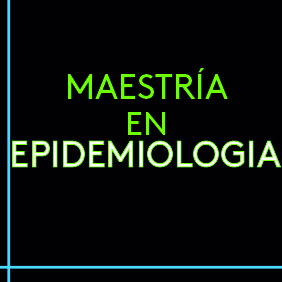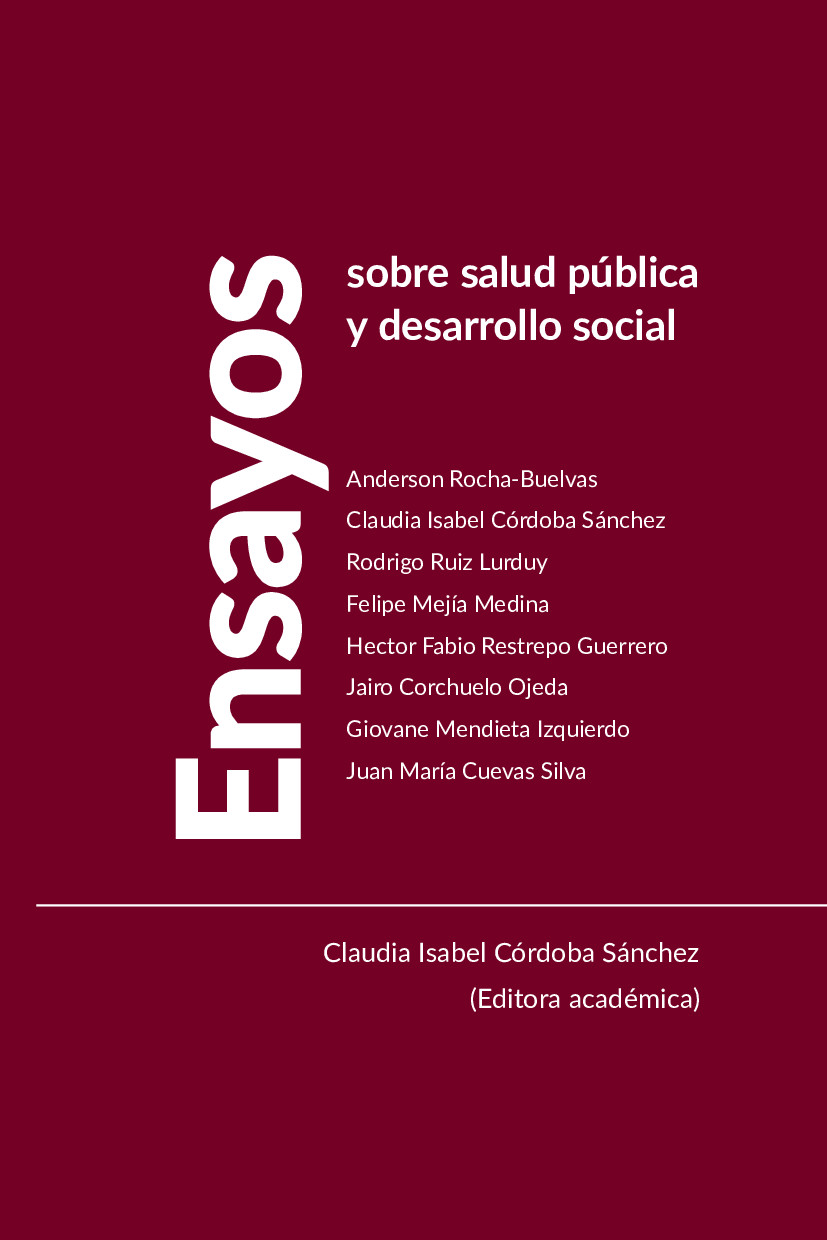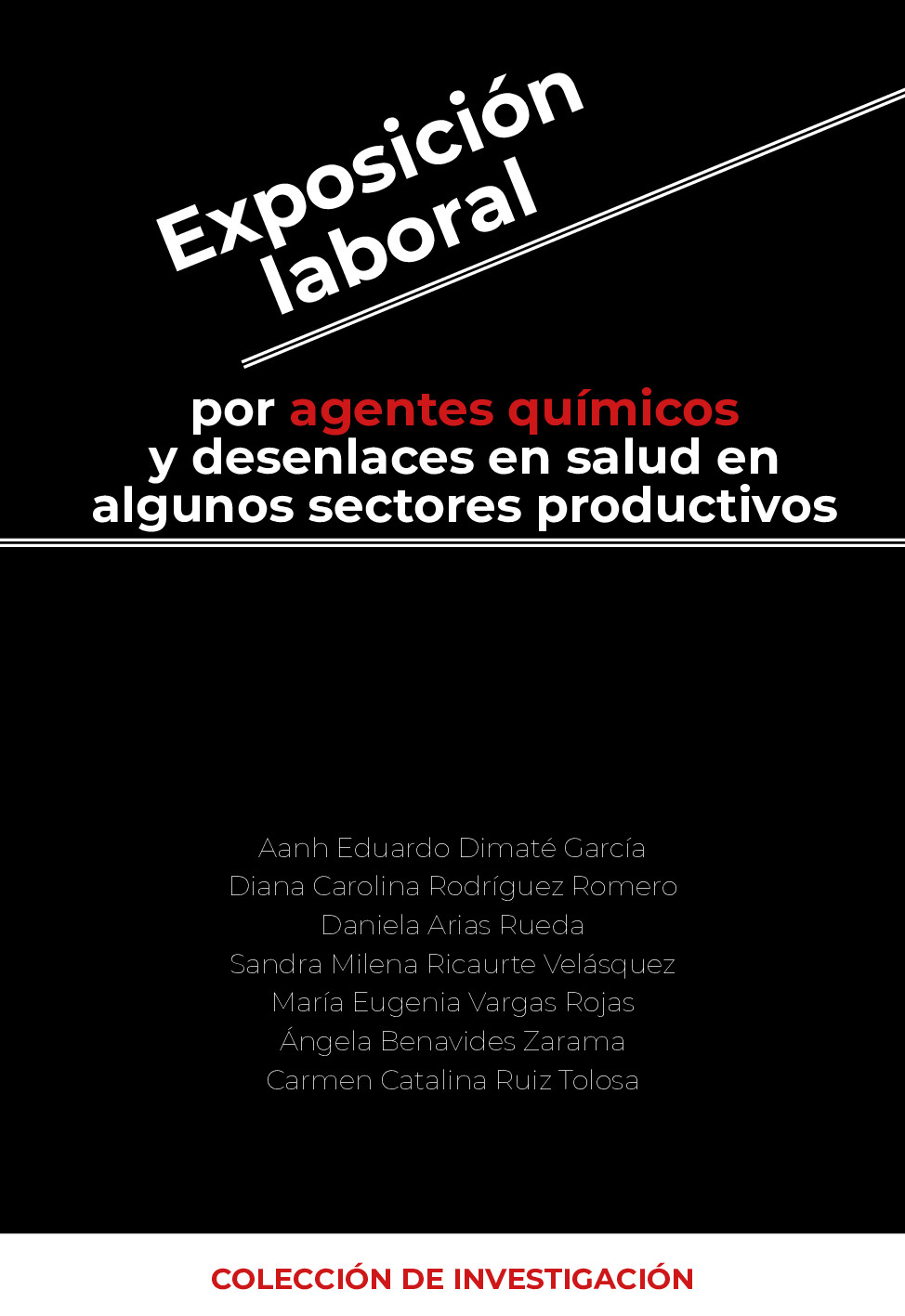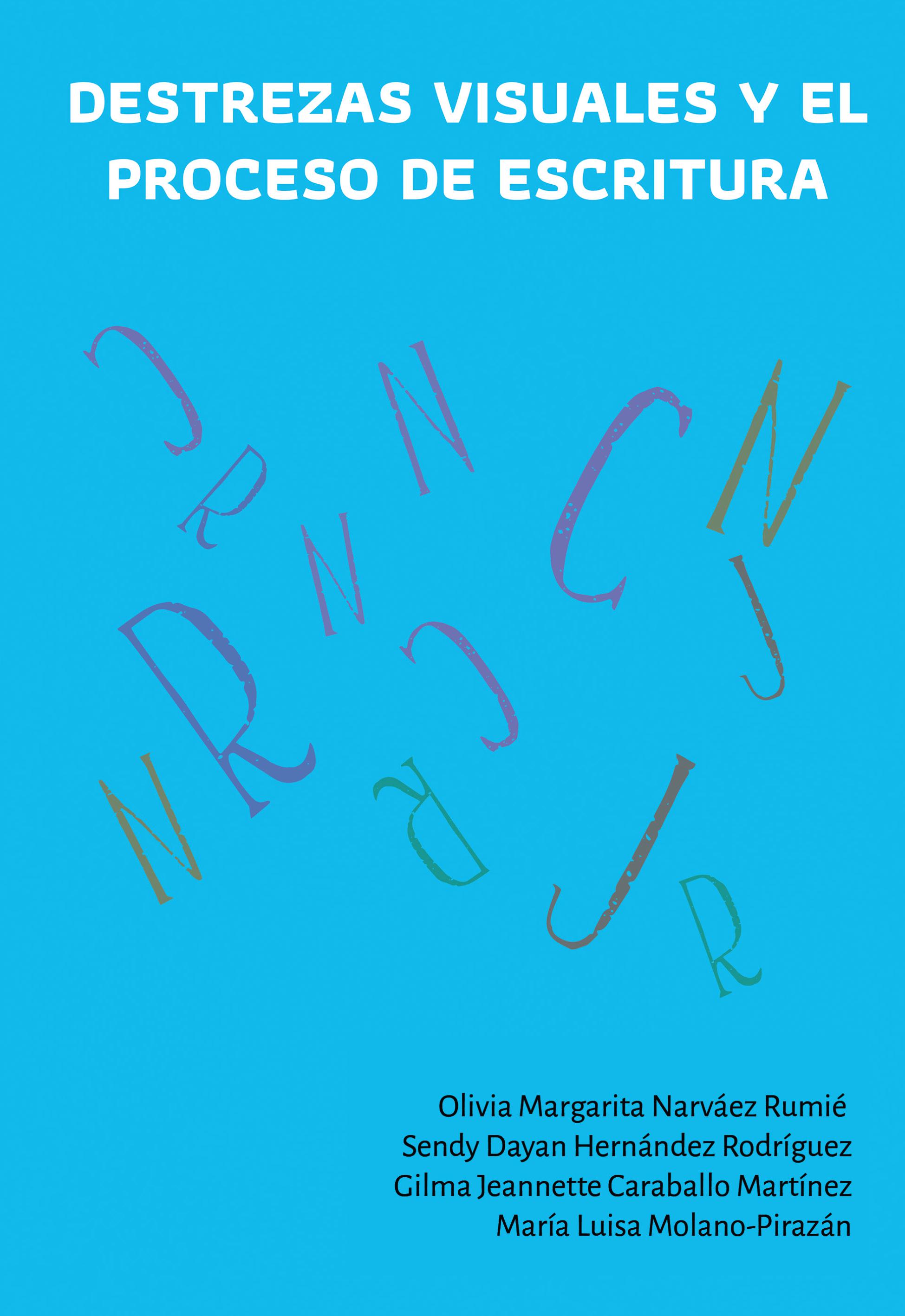Abstract
Objetivo. Describir el comportamiento de gradiente alveolo-arterial oxígeno (Grad[A-a]O2), índice arterio-alveolar de oxígeno (Ind[a-A]O2) y corto circuito pulmonar (Qs/Qt) en un grupo de pacientes previa instauración de ventilación mecánica no invasiva –VMNI- en una unidad de cuidado intensivo UCI.
Metodología. Estudio transversal retrospectivo. Calculamos el Grad[A-a]O2) mediante la ecuación: PAO2 = [[(pAtm-pH2O)xFiO2]-(pCO2/RespQ)]-PaO2], para: RespQ = (0,8); (pAtm = 560mmHg para Bogotá, 2640 metros sobre nivel del mar); pH2O = (47mmHg); el (Ind[a-A]O2) y (Qs/Qt) con la fórmula: (Cco2- Cao2)/ (Cco2- Cvo2). Ámbito: Hospital terciario. Pacientes: 16 sujetos de UCI mediante muestra no probabilística consecutiva, que recibieron VMNI en un periodo de medición de 3 meses. Variables de interés principal: diagnóstico, edad, gasometría sanguínea, se calcularon las variables: (Grad [A-a]O2), (Ind[a-A]O2) y (Qs/Qt).
Resultados. El promedio de edad de la población objeto de estudio fue de 59,6; de los cuales el 56% (n=9) fueron mujeres. La VMNI se utilizó en el 14% (n=16) de los pacientes con una población total de 116 en un periodo de tres meses. Los valores gasométricos encontrados (media ± desviación estándar) fueron: (Ind [a-A]O2)= (0,38mmHg ± 0,2mmHg), (Qs/Qt) = (25% ± 8.1%) y (Grad [A-a]O2) = (159mmHg ± 64.1mmHg), FiO2 suministrada de acuerdo a los requerimientos de cada paciente, PaCO2 (42mmhg ± 15mmHg), PaO2/FiO2 = (149 ± 44.2), SvO2 (n=8) = (66,2% ± 9.3%), PH = (7,38 ± 0.1), SaO2 = (92% ± 2.8%), y PaO2 = (70mmHg ± 15.4mmHg).
Conclusiones. Los valores gasométricos (Qs/Qt = >25 ± 8.1%), (Ind[a-A]O2 = < 0,38 ± 0.2mmHg) y (Grad[A-a]O2 = >159 ± 64.1mmHg), identificados en este grupo de pacientes, pueden ser tenidos en cuenta previa instauración de VMNI en sujetos con características similares a una altura de 2.640 metros sobre el nivel del mar.
Licence
Authors should declare no conflicts of interest either for reasons of financing the project which is the result of the article; as well as intellectuals, academics, moral and investigative reasons.
The Journal of Andean Research is home to the ethical rules for publications issued by the COPE: http://publicationethics.org/resources/code-conduct
References
2. Gacouin A, Jouneau S, Letheulle J, Kerjouan M, Bouju P, Fillatre P, et al. Trends in prevalence and prognosis in subjects with acute chronic respiratory failure treated with noninvasive and/or invasive ventilation. Respir Care [Internet]. 2015 [Citado el 27 de junio de 2016]; 60(2):210-8. Disponible en: https://www.scopus.com/inward/ record.uri?eid=2-s2.0 84935112297&partnerID=40&md5=76e1db507843ecb7f7b729e865b81483
3. Fiorino S, Bacchi-Reggiani L, Detotto E, Battilana M, Borghi E, Denitto C, et al. Efficacy of non-invasive mechanical ventilation in the general ward in patients with chronic obstructive pulmonary disease admitted for hypercapnic acute respiratory failure and pH < 7.35: A feasibility pilot study. Intern Med J [Internet]. 2015;45(5):527-37. Disponible en: https://www.scopus.com/inward/record. uri?eid=2-s2.0-84928985157&partnerID=40&md5=61e3722fced240eceed534aae66765cf
4. Hilbert G, Gruson D, Vargas F. Noninvasive ventilation inimmunosuppressed patients with pulmonary infiltrates, fever, and acute respiratory failure. N Engl Med J. 2001; 344: 481–7.
5. Piroddi IMG, Barlascini C, Esquinas A, Braido F, Banfi P, Nicolini A. Non-invasive mechanical ventilation in elderly patients: A narrative review [Internet]. 2016 [Citado el 27 de junio de 2016]. Disponible en: https:// www.scopus.com/inward/record.uri?eid=2-s2.0-84971241636&partnerID=40&md5=8c39182e28ed9e0f145d53d6538c1395
6. Lightowler JV, Wedzicha JA, Elliott MW, Ram FS. Non-invasive positive pressure ventilation to treat respiratory failure resulting from exacerbations of chronic obstructive pulmonary disease: Cochrane systematic review and meta-analysis. BMJ. 2003;326:185.
7. Gray A, Goodacre S, Newby DE, Masson M, Sampson F, Nicholl J, for the 3CPO
Trialists. Noninvasive Ventilation in Acute Cardiogenic Pulmonary Edema. N Engl J Med. 2008; 359:142-51.
8. Ferrer M, Torres A. Noninvasive ventilation for acute respiratory failure. Curr Opin Crit Care [Internet]. 2015 [Citado el 27 de junio de 2016].;21(1):1-6. Disponible en: https://www.scopus.com/inward/record.uri?eid=2-s2.0 84920930305&partnerID=40&md5=2b365a99f3afacd56783b29e98b9879e
9. Plant PK, Owen JL, Elliott MW. One year period prevalence of respiratory acidosis in acute exacerbations of COPD: implications for the provision of non-invasive ventilation and oxygen administration. Thorax. 2000; 55: 550–4.
10. Brochard L, Mancebo J, Wysocki M, Lofaso F, Conti G, Rauss A, et al. Noninvasive ventilation for acute exacerbations of chronic obstructive pulmonary disease. N Engl J Med. 1995; 333:817–22.
11. Wedzicha JA. Noninvasive ventilation for exacerbations of respiratory failure in chronic obstructive pulmonary disease. Thorax. 1996;51(Suppl 2):35–9.
12. Plant PK, Owen JL, Parrott S, Elliott MW. Cost effectiveness of ward based non- invasive ventilation for acute exacerbations of chronic obstructive pulmonary disease: economic analysis of randomised controlled trial. BMJ. 2003;326:956.
13. Kant KM, Djamin RS, Belderbos HNA, Van Den Berg B. Acute respiratory failure due to COPD: Invasive mechanical ventilation or not? Ned Tijdschr Geneeskd [Internet]. 2014 [Citado el 27 de junio de 2016];(25):987-94. Disponible en: https://www.scopus.com/inward/record.uri?eid=2-s2.0-84904253798&partnerID=40&md5=e3d73cc9cc994580e608074f7aa3ee64
14. Masip J, Betbese AJ, Páez J, Vecilla F, Cañizares R, Padro J, et al. Non-invasive pressure support ventilation versus conventional oxygen therapy in acute car diogenic pulmonary edema: aran domisedtrial.Lancet.2000; 283: 235–41. 5.
15. Gray A, Goodacre S, Newby DE, Masson M, Sampson F, Nicholl J, for the 3CPO Trialists. Noninvasive Ventilation in Acute Cardiogenic Pulmonary Edema. N Engl J Med. 2008; 359:142-51.
16. Rialp Cervera G, Del Castillo Blanco A, Pérez Aizcorreta O, Parra Morais L. Noninvasive mechanical ventilation in chronic obstructive pulmonary disease and in acute cardiogenic pulmonary edema. Med Intensiva [Internet]. 2014 [Citado el 27 de junio de 2016]; 38(2):111-21. Disponible en: https://www.scopus.com/inward/record.uri?eid=2-s2.0-84894283582&partnerID=40&md5=fa61d14a7dac1624a50dd4f9f101cf1e
17. González-Velásquez E, Serna-Secundino HI. Ventilación mecánica no invasiva para tratar insuficiencia respiratoria aguda en pacientes con VIH y tuberculosis. Neumología y Cirugía de Tórax. miliar, reporte de un caso y revisión de la literatura. 2008:67(4): 178-182.
18. Lefebvre A, Rabbat A. Noninvasive ventilation in immunocompromised patients. Reanimation [Internet]. 2015 [Citado el 27 de junio de 2016]; 24(5):586-98. Disponible en: https:// www.scopus.com/inward/record. uri?eid=2-s2.0 84942760103&partnerID=40&md5=f9f8fb5da7727bb3aa11595a09efb743
19. Maheshwari V, Paioli D, Rothaar R, Hill NH. Utilization of noninvasive ventilation in acute care hospitals. A regional survey. Chest. 2006; 129: 1226–33.
20. Díez AR, Abbona H, Ferrero G, Figueroa Casas JC, De Vega M, Lisanti R. Consenso Argentino de Ventilación no invasiva. Medicina 2005;65:437-457.
21. Davidson AC, Banham S, Elliott M, et al. BTS/ICS Guidelines for the Ventilatory Management of Acute Hypercapnic Respiratory Failure in Adults. Thorax.
2016 [Citado el 27 de junio de 2016]; 71:ii1–ii35. Disponible en https://www. brit-thoracic.org.uk/document-library/clinical-information/acute-hypercapnic-respiratory-failure/bts-guidelines-for-ventilatory-management-of-ahrf/ Acceso 9 de Junio 2017.
22. Antonelli M, Conti G, Pelosi P, Gregoretti C, Pennisi MA, Costa R, et al. New treatment of acute hypoxemic respiratory failure: Noninvasive pressure support ventilation delivered by helmet---A pilot controlled trial. Crit Care Med. 2002; 30:602-8.
23. Zhu F, Liu Z-L, Long X, Wu X-D, Zhou J, Bai C-X, et al. Effect of noninvasive positive pressure ventilation on weaning success in patients receiving invasive mechanical ventilation: A meta-analysis. Chin Med J (Engl) [Internet]. 2013 [Citado el 27 de junio de 2016]; 126(7):1337-43. Disponible en: https://www.scopus.com/inward/record.uri?eid=2-s2.0-84877359871&partnerID=40&md5=54c88d35b32fa66689aa789989a84282
24. Varón FA, Alí A, Aguirre A, González M, Hernández A, Páez N, Pardo JM. Predicción de fracaso en ventilación mecánica no invasiva en falla respiratoria en enfermedad pulmonar obstructiva crónica a grandes alturas. Acta Colombiana de Cuidado Intensivo. 2013;13 (1): 12-17.
25. Mellemgaard, K. The alveolar-arterial oxygen difference. Size and components in normal man. Acta Physiol Scand.1966; 67:10
26. Asociación Médica Mundial. Declaración de Helsinki de la asociación médica mundial. Principios éticos para las investigaciones médicas en seres humanos. [Internet]. 1964 [Citado el 27 de junio de 2016] Disponible en: file:///C:/Users/giovane%20mendieta/Downloads/51DocyNormas_DeclaracionHelsinki.pdf
27. Conti V, Paone G, Mollica C, Sebastiani A, Mannocci A et al. Predictors of outcome for patients with severe respiratory failure requiring noninvasive mechanical ventilation. European Review for Medical and Pharmacological Sciences 2015; 19: 3855-3860.
28. Stein PD, Goldhaber SZ, Henry JW. Alveolar-arterial oxygen gradient in the assessment of acute pulmonary embolism. Chest. 1995; 107:139-143.
29. Cervera R, del Castillo Blanco, Pérez Aizcorreta O, Parra Morais L. Puesta al día en medicina intensiva: ventilación mecánica en diferentes entidades. Ventilación mecánica no invasiva en la enfermedad pulmonar obstructiva crónica y en el edema agudo de pulmón cardiogénico. Med Intensiva. 2014; 38(2):111-121.
30. Sánchez Casado et al. Relación entre el gradiente alveolo-arterial de oxígeno y la PaO2/FiO2 introduciendo la PEEP en el modelo. Med Intensiva. 2012; 36(5):329334.
31. Lemaire, F., D. Matamis, N. Lampron, B. Teisseire, and A. Harf. Intrapulmonary shunt is not increased by 100% oxygen ventilation in acute respiratory failure. Bull. Eur. Physiopathol. Respir. 1985. 21:251–256.
32. Manzo-Palacios E, Mayo-Mendoza RF, De la Cruz-López J. La corrección del índice de oxigenación en los pacientes críticos al nivel de la ciudad de México. Revista de la Asociación Mexicana de Medicina Crítica y Terapia Intensiva. 2008:XXXII(1):26-36.
33. Santos C, Ferrer M, Roca J, Torres A, Hernandez C, Rodriguez-Roisin R. Pulmonary Gas Exchange Response to Oxygen Breathing in Acute Lung Injury: Hyperoxia, Gas Exchange, and Acute Respiratory Failure. Am J Respir Crit Care Med 2000;161:(1):26–31
34. Dantzker, D. R., C. J. Brook, P. Dehart, J. P. Lynch, and J. G. Weg. Ventilation– perfusion distributions in the adult respiratory distress syndrome. Am. Rev. Respir. Dis. 1979; 120:1039–1052.
35. Ferrer M, Esquinas A, León M, González G, Alarcón A, Torres A. Noninvasive ventilation insevere hypoxemic respiratory failure: arandomized clinical trial. Am J RespirCritCareMed. 2003;168:1438–44.
36. Principi T, Pantanetti S, Catani F, Elisei D, Gabbanelli V, Pelaia A, et al. Non-invasive continuous positive airway pressure delivered by helmet in hematological malignacy patients with hypoxemic acute respiratory failure. Intensive Care Med. 2004;30:147---50.
37. Lasdica S, Fainsteis D, Casas P, Frizza I, Ontivero M, Giussani J P, Urizar R. Ventilación mecánica no invasiva en la lesión pulmonar aguda hipoxémica. Med Intensiva. 2001;25:(8)303-309.
38. Meduri U, Turner R, Abou-Shala N. Noninvasive positive pressure ventilation via face mask. First-Line intervention in patients with acute hypercapnic and hypoxemic respiratory failure. Chest 1996; 109: 179-193.37
39. Rocker G, Mackenzie M, Williams B, Logan M. Noninvasive positive pressure ventilation. Successful outcome in patients with acute lung injury/ARDS. Chest 1999; 115: 173-177.
40. Antonelli M, Conti G, Rocco M. A comparison of noninvasive positive-pressure ventilation and conventional mechanical ventilation in patients with acute respiratory failure. N Engl J Med 1998; 339: 429-435.
41. Appendini L, Pasessio A, Zanaboni S. Physiologic effects of positive end-expiratory pressure and mask pressure support during exacerbations of chronic obstructive pulmonary disease. Am J Respir Crit Care Med 1994; 149: 1069-1076.
42. Comstock GW. Further comments on problems in death certification. Am J Epidemiol 1986; 124(2): 180-181
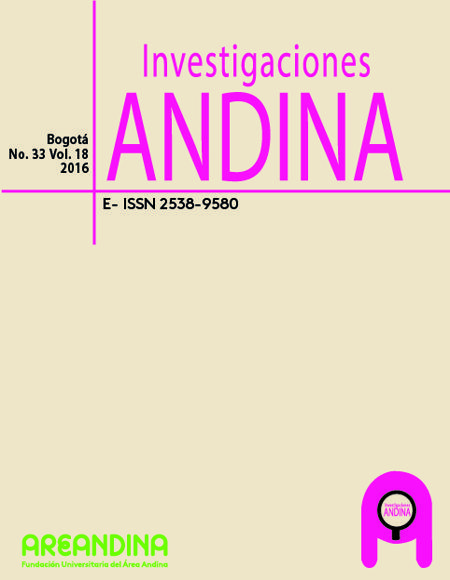
 PDF (Español (España))
PDF (Español (España))
 FLIP
FLIP




